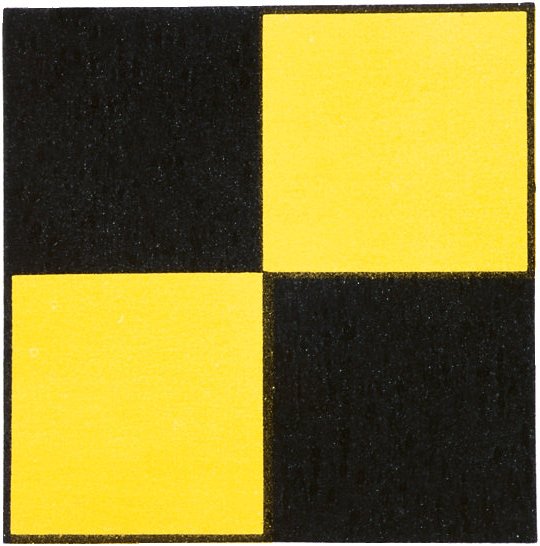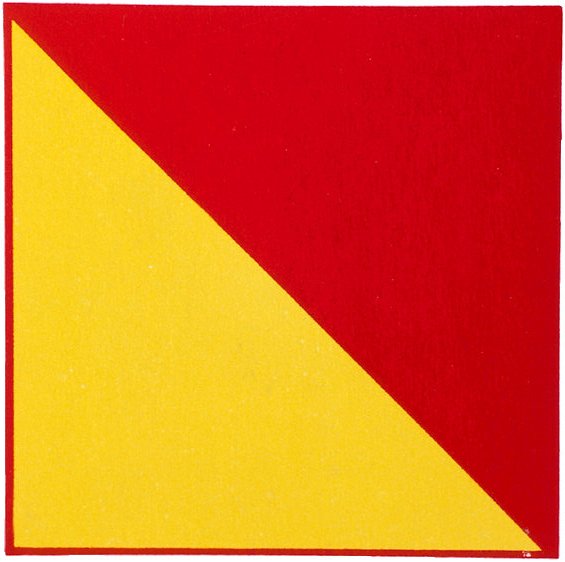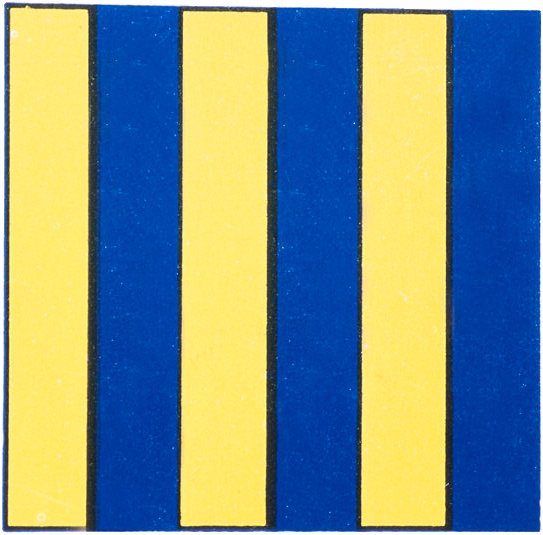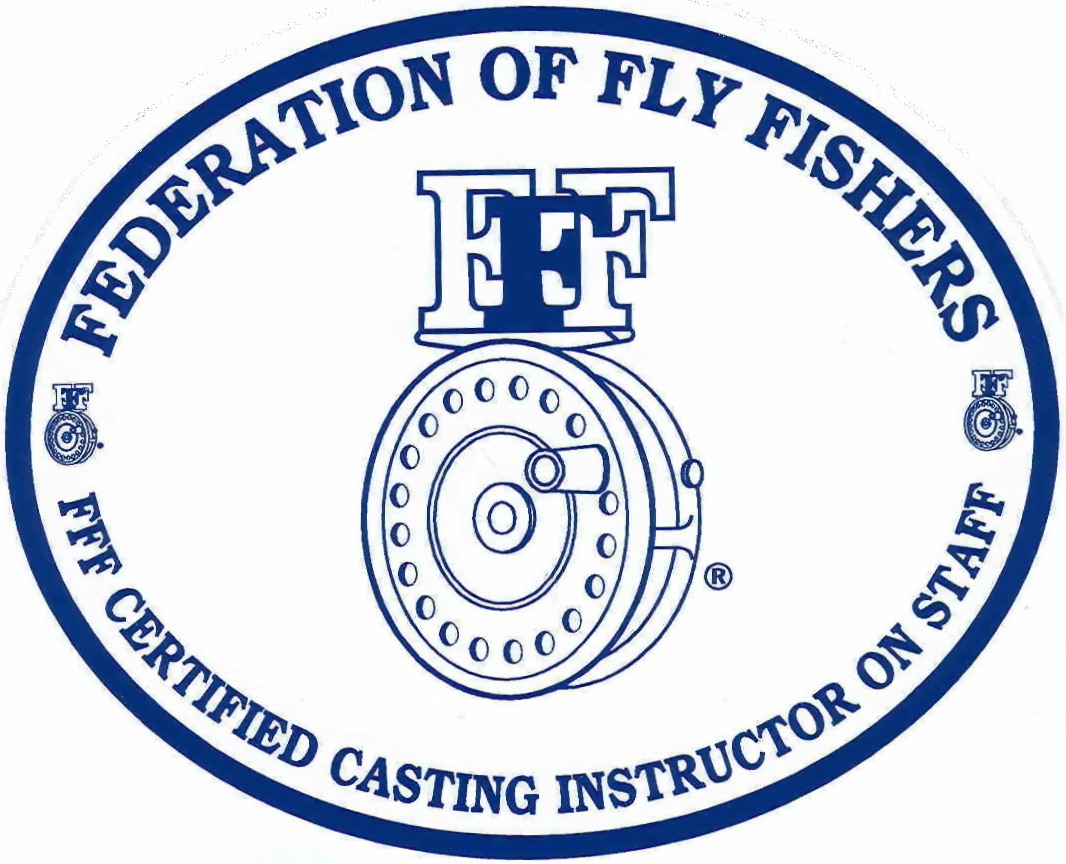MacGyver Stripping Basket
by Captain Jim Barr on 09/14/16
Like many fly anglers, my first wearable fly line stripping basket was a Tupperware dishwashing tub with two holes melted into it on either end of one of it's long sides using a heated screw driver, and finished off with a bungee cord fixed to the holes, and then stretched around my waist. Simple, super cheap (and cheap looking), but it worked. Then came a variety of iterations such as laundry baskets, then molded plastic inserts with an array of "cones" that were dropped into the tub designed to keep the line from tangling onto itself, secured by epoxy or in my case pop riveted into place. There were also designs that used heavy duty string trimmer line, clipped at 2-3" lengths and epoxied into the floor of the tub... on and on. 

Then somewhere along the time and expense continuum, Orvis developed their version at $80 a copy, made from a sturdier plastic, with a fancy web belt, and injection molded cones together with a rod rest. They are nice, but heavy and pretty expensive. Whatever the size, construction and cost, they all worked great for helping to manage fly lines, particularly on windy days and in the surf, and if you didn't put holes in the bottom to let the water drain, they also made pretty good open-top beer coolers. Most of us however defaulted towards constructing our own MacGyvered versions.
Whatever the size, construction and cost, they all worked great for helping to manage fly lines, particularly on windy days and in the surf, and if you didn't put holes in the bottom to let the water drain, they also made pretty good open-top beer coolers. Most of us however defaulted towards constructing our own MacGyvered versions.
 Whatever the size, construction and cost, they all worked great for helping to manage fly lines, particularly on windy days and in the surf, and if you didn't put holes in the bottom to let the water drain, they also made pretty good open-top beer coolers. Most of us however defaulted towards constructing our own MacGyvered versions.
Whatever the size, construction and cost, they all worked great for helping to manage fly lines, particularly on windy days and in the surf, and if you didn't put holes in the bottom to let the water drain, they also made pretty good open-top beer coolers. Most of us however defaulted towards constructing our own MacGyvered versions.Then as fly fishing in saltwater from boats became increasingly popular, along came a variety of deck-positioned stripping baskets or line tamers, as the case may be, again- neat designs but many of them pretty expensive, some running in the vicinity of $200, like this beauty. Nice, but expensive. 



Most of my charters following the serenity, no wind and flat water conditions of the spring cinder worm hatches, are in Newport near-shore waters. For the spin fisher, wind acting on their fishing line is a non-event. Line is always in reserve on the reel so the wind is only a factor in reducing the distance of the cast or perhaps it's direction. However, wind, a bumpy boat and a wave-splashed deck acting on excess/loose fly line can be a show stopper. Fly line will always find something to hang up on, be it a cleat, the trolling motor, your feet, etc. Storing excess fly line in a stripping basket as you are casting will definitely up your catch rate because the line can run freely into the guides as the fish takes off. Also, while moving from location to location, a secured stripping basket will enable the angler to temporarily stow the rod and loose line in the basket while the helmsman makes longer runs to new fishing locations. The following video was taken in the fall of 2011 and depicts two anglers on their first false albacore fishing outing. In this video you will see one angler tight to a hot Albie but because of poor line management manages to get a loop in his fly line that hangs up in the guides nearly resulting in the angler losing the fish or worse yet, breaking his rod. Both of these anglers had excess line on the deck during the outing in danger of tangling. When a false albacore is hooked, typically they will swim away from the boat at top speed, that's 60 feet a second! A tangled fly line gets jammed in the guide-set in a heartbeat, oftentimes resulting in a lost fish, or the sections of the rod coming apart. This video is displayed not to embarrass anyone but simply to illustrate the importance of line management. The tangled line would likely not have occurred if the angler was using a stripping basket (personal or deck positioned).
With a bit of creativity and small money I developed for my boats the "Ryobi Special" deck-positioned stripping basket. This design may be a bit different than other MacGyver's have devised, but it basically follows the same idea of using a leaf bag as a container for slack fly line. Materials for two baskets rang up just south of $80 and took about an hour and a half to design and fabricate.
Materials for two baskets:
Ryobi 21" diameter collapsible leaf bags-$40 (Home Depot). 5/8" rubber doormat-$10 (Christmas Tree Shops). Ensolite ground pad- $0 (Eastern Mountain Sports, leftover from my backpacking days). 10 lb barbell weights- $10 each (Walmart). Zip ties-$6 (Home Depot). The leaf bag is spring loaded, collapsible, with buckles to hold it closed when not deployed. The combination rubber door mat and Ensolite pads provide cushioning and encapsulate the barbell weight that's used to stabilize the basket and keep it from being blow overboard. The zip ties create "fingers" that keep the fly line immobilized and free from tangling. I sprayed the barbell weights with clear polyurethane to prevent rust and corrosion from rain and salt spray.






Comments (0)





